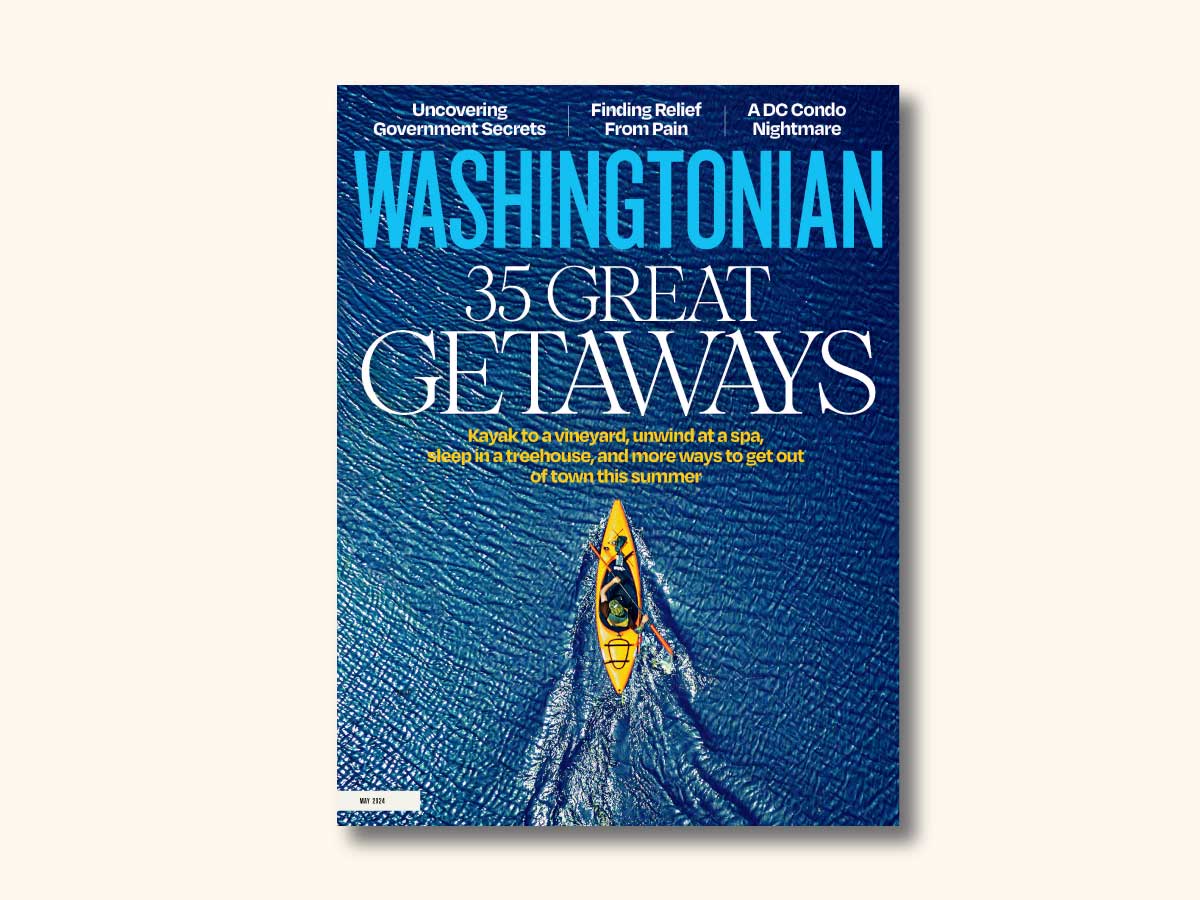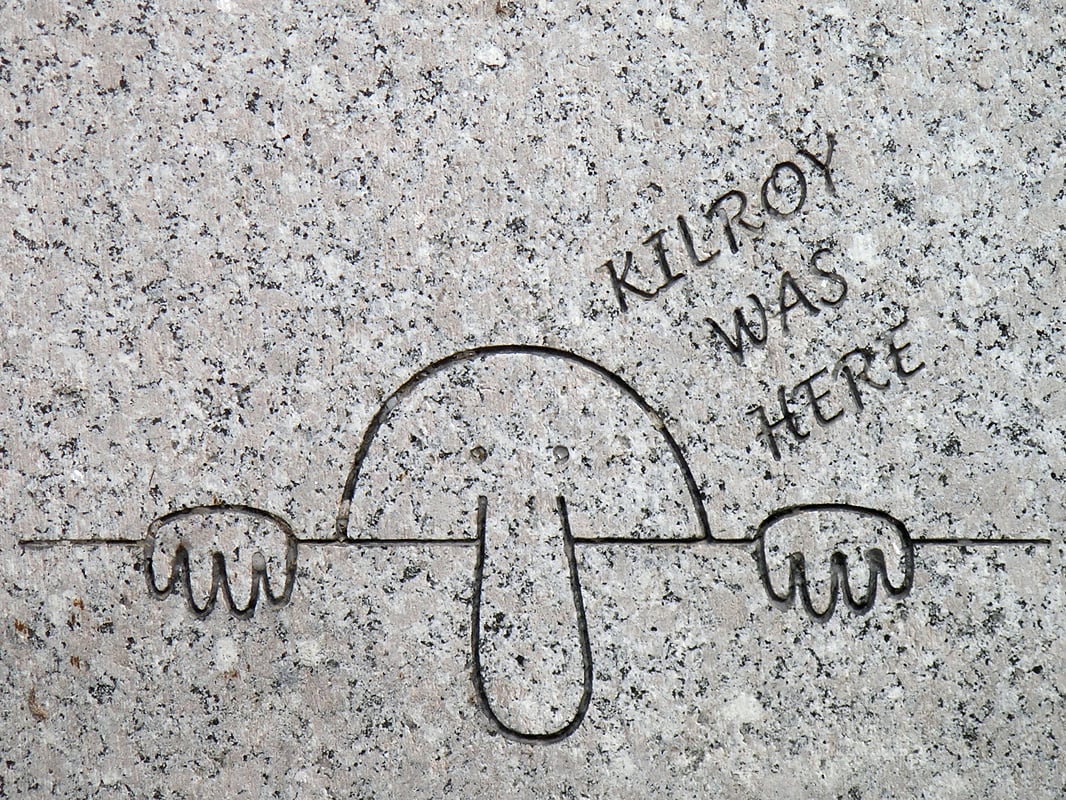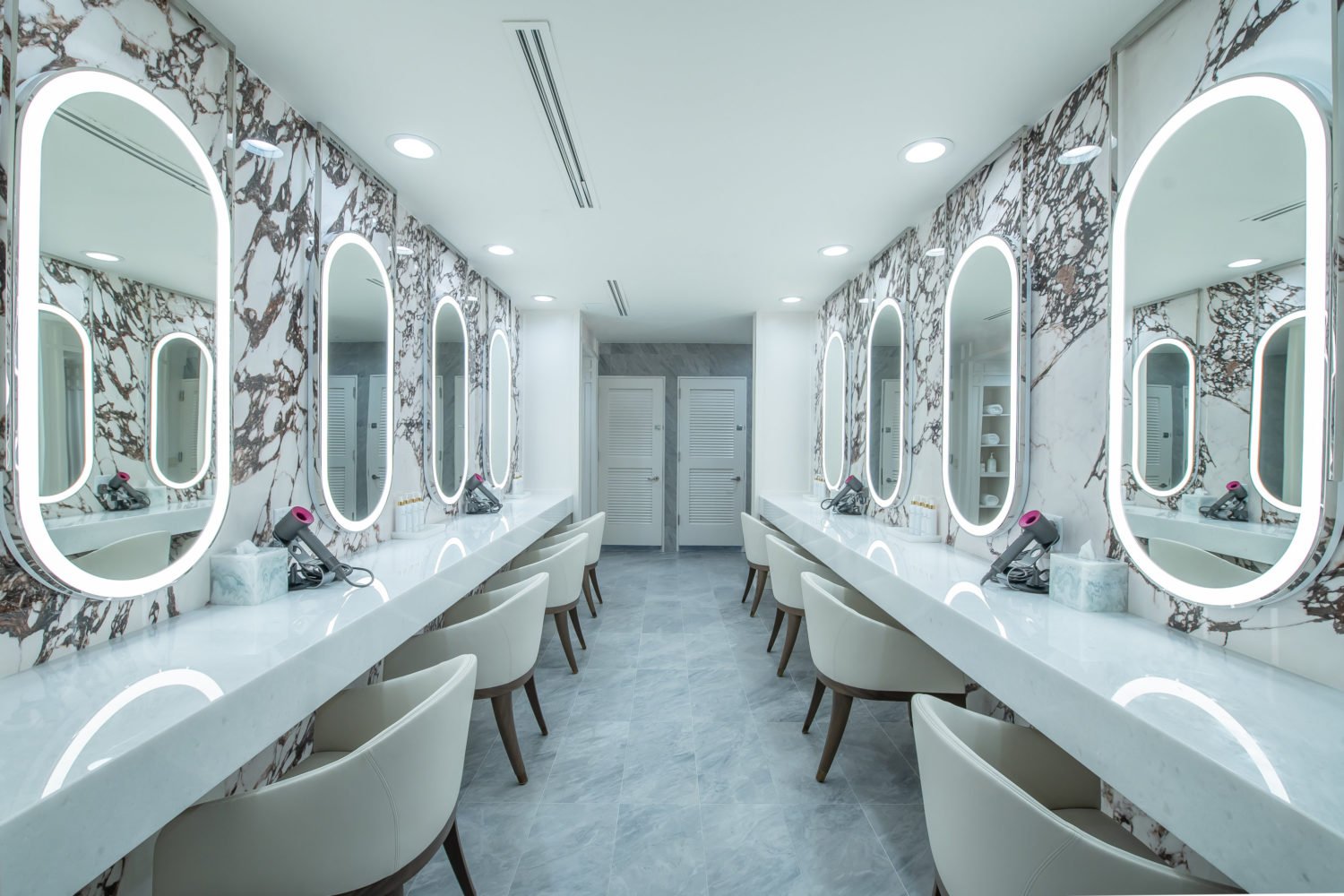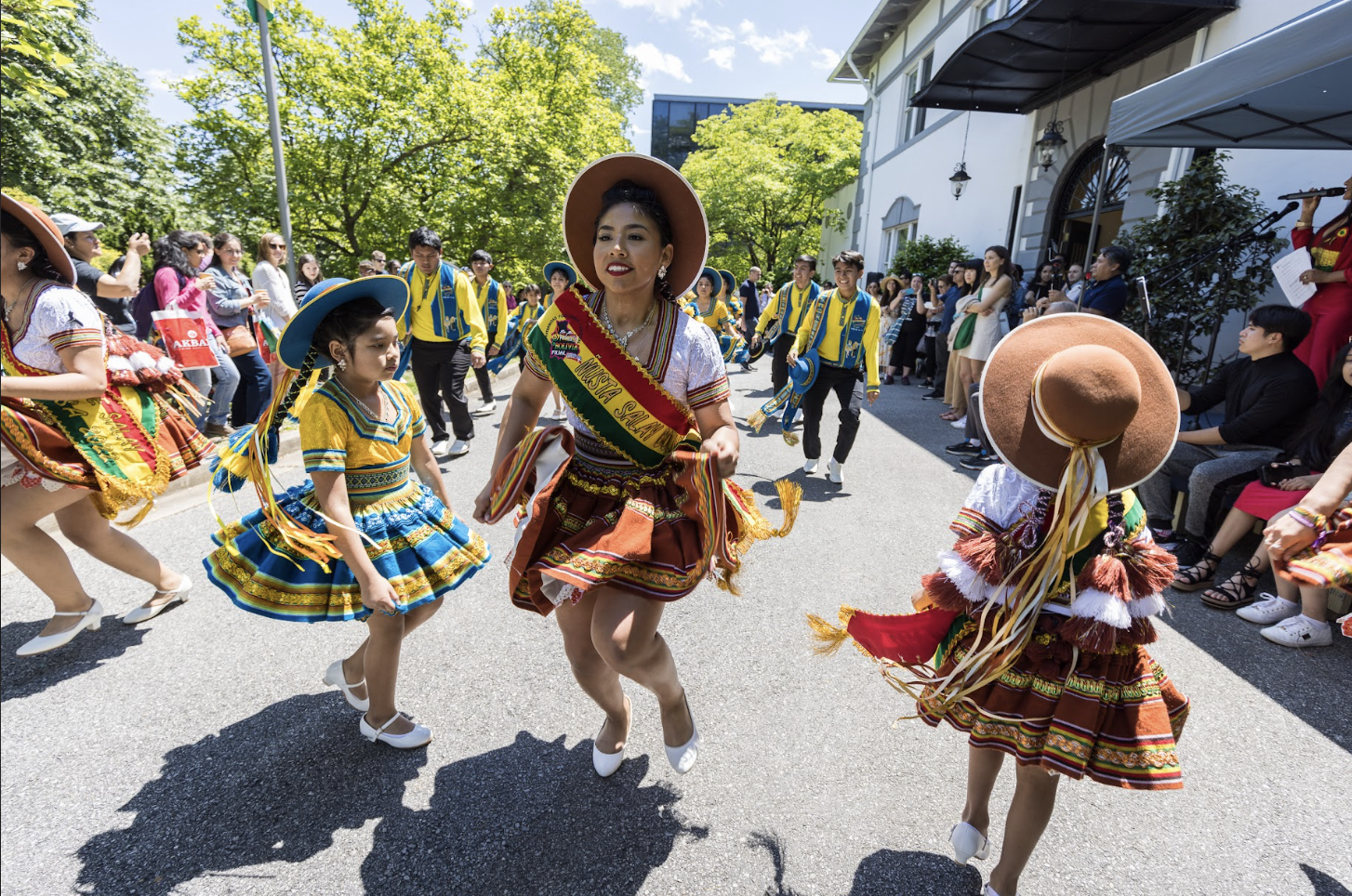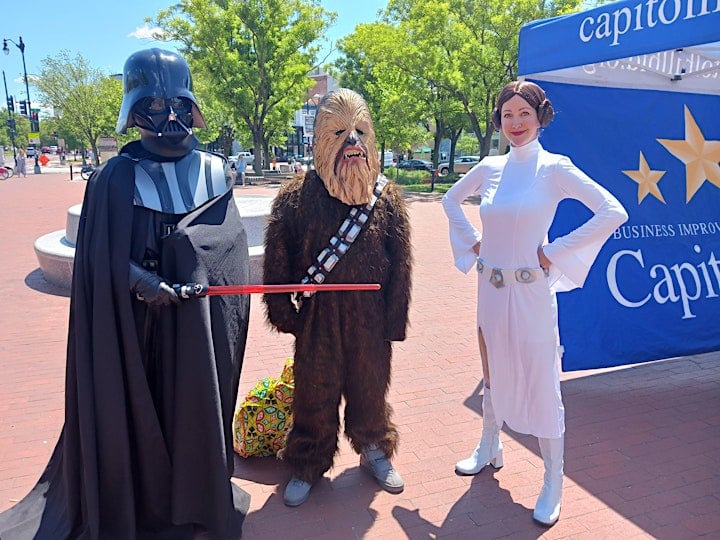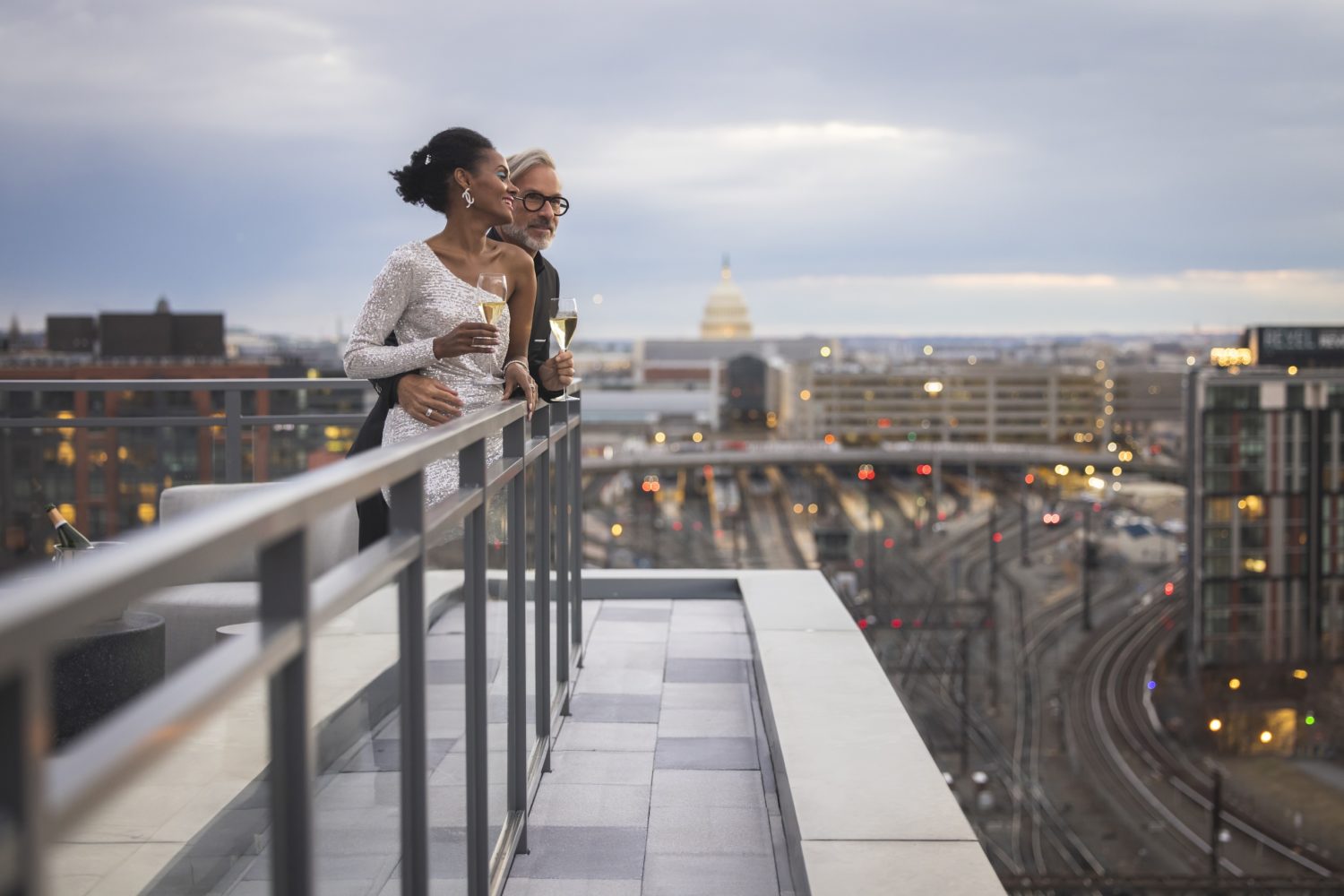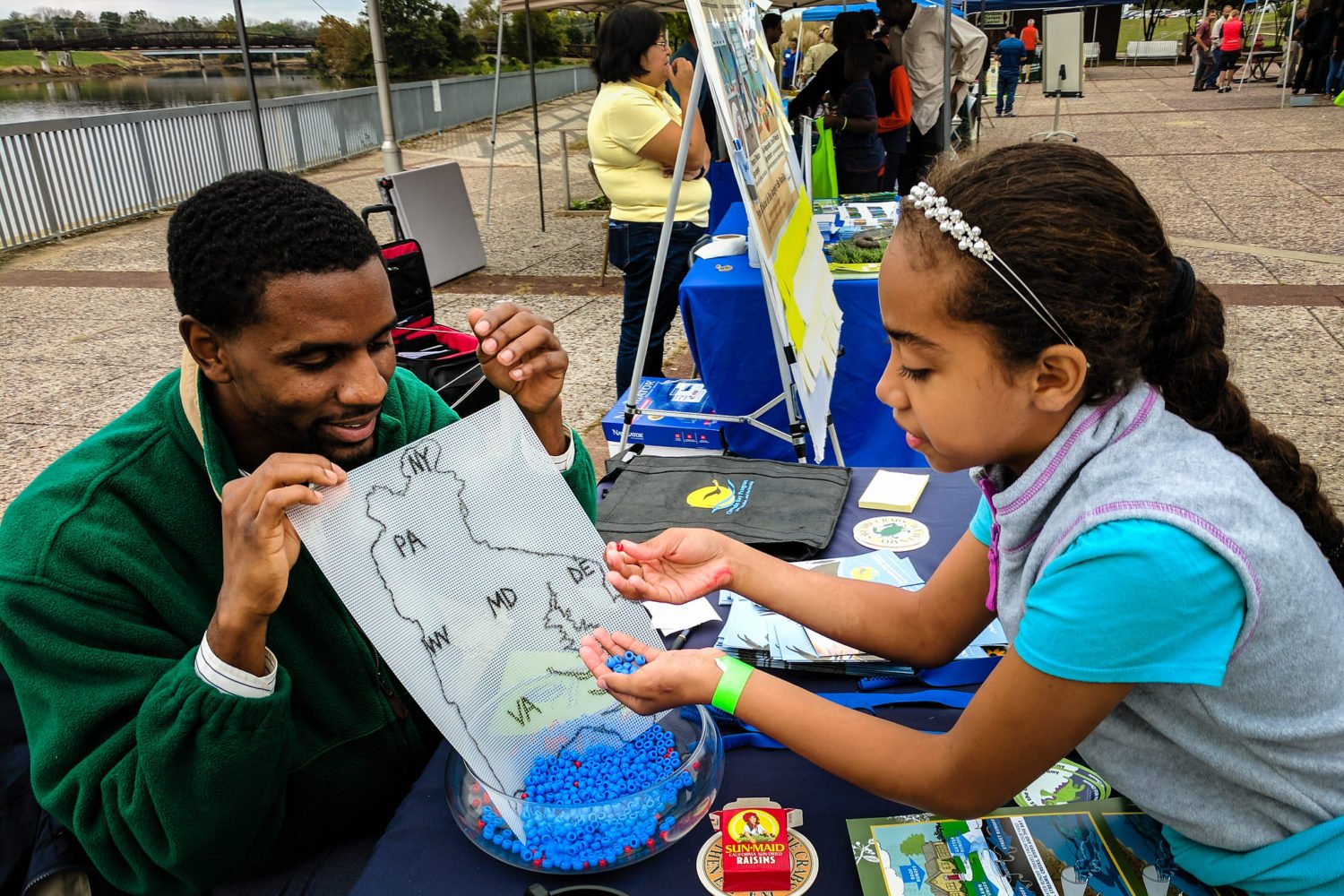Theatre Week celebrates the performing arts around Washington by offering a swath of discounted and free performances and events. This year’s event will run from September 21 to October 8, with $20, $40, and $60 tickets and no-fee shows at venues throughout the region. For those interested in what happens off stage, the Theatre Week Kickoff Fest on September 23 will offer a full schedule of panel discussions, interactive exhibits, and performances from local theatre companies.
Ahead of this year’s kickoff, we chatted with Theatre Washington President Amy Austin and WETA host and veteran DC theater actor Felicia Curry about DC’s vibrant art scene and the state of theater:
How would you describe the state or temperature of theater right now?
Curry: Obviously coming off the pandemic, where our industry in particular was hit very, very hard, has been difficult. But honestly I think we’re all in a very good position. DC is doing as well as anybody—dare I say better than some cities. We haven’t had anybody really shut their doors. We’re seeing people produce full seasons, unlike some other folks around the country. So I think theater is finding its stride again, and things like Theatre Week are going to be super helpful.
Austin: One of the things that we say about the DC community, which is one of the reasons I think that we’re doing so well, is it’s very collaborative. You see lots of co-productions going on, like the Theatre Alliance that performs at Anacostia Playhouse in production with the Kennedy Center.
What are some traits of the DC theater scene that have made it successful and self -sustaining?
Austin: We have one of the largest numbers of industry people who work under union contracts here, so we have a really large workforce. The creative community has a home here, and DC is very supportive of being a place of creative economy.
Curry: What I think is unique about DC is the diversity in theater. We have theater for young audiences, we have puppet theater, we have theater that is just movement based. We have the classics, we have new works. We have musicals. We have 65 theater organizations here. So if there’s something you like, if there’s a niche that you want to get into, we have it here. I don’t think every city can say that.
People outside of DC might not associate the city with a big arts scene like they may New York, Los Angeles, or Chicago. What would you say to the uninitiated?
Curry: I think people think of DC as a political scene and a tourist spot—which, to me, lends itself perfectly to the work we do. In the theater we ask people to step in the shoes of somebody else, walk their story, and we are in a city that does that all the time. We are in the city where people are actually making changes. That’s what makes theater so amazing—it gives us an opportunity to talk about what’s really happening in the world.
Austin: We’ve created nationally recognized institutions here. We see them locally as our theaters, but nationally, people see them as their theaters. For example, the Kennedy Center [is] our national cultural arts center of the United States, but we can walk across the street and go to it. Woolly Mammoth Theatre Company is nationally recognized as a place of new, bold work. Shakespeare Theatre is nationally recognized. We have the first Jewish theaters in Theater J. Arena Stage is the first theater to receive a regional Tony and the first theater to have a show transfer from a regional theater to Broadway. If you’re local, you just don’t recognize how good you’ve got it.
What role can modern theater play in cultural preservation?
Curry: In my opinion, theater is how we preserve culture. It is the essence of storytelling. When there was no pen and paper to write things down, people sang songs. They told stories to each other, they created works of art and then talked about it. That is what theater does.
And again, we are in the heartbeat of that. The theater that we create is seen by change-makers. The Supreme Court justices come to our shows: Sonia Sotomayor was at my last show, and came afterwards and talked about how it moved her. That’s what we have here that other cities do not have. And that is powerful.






